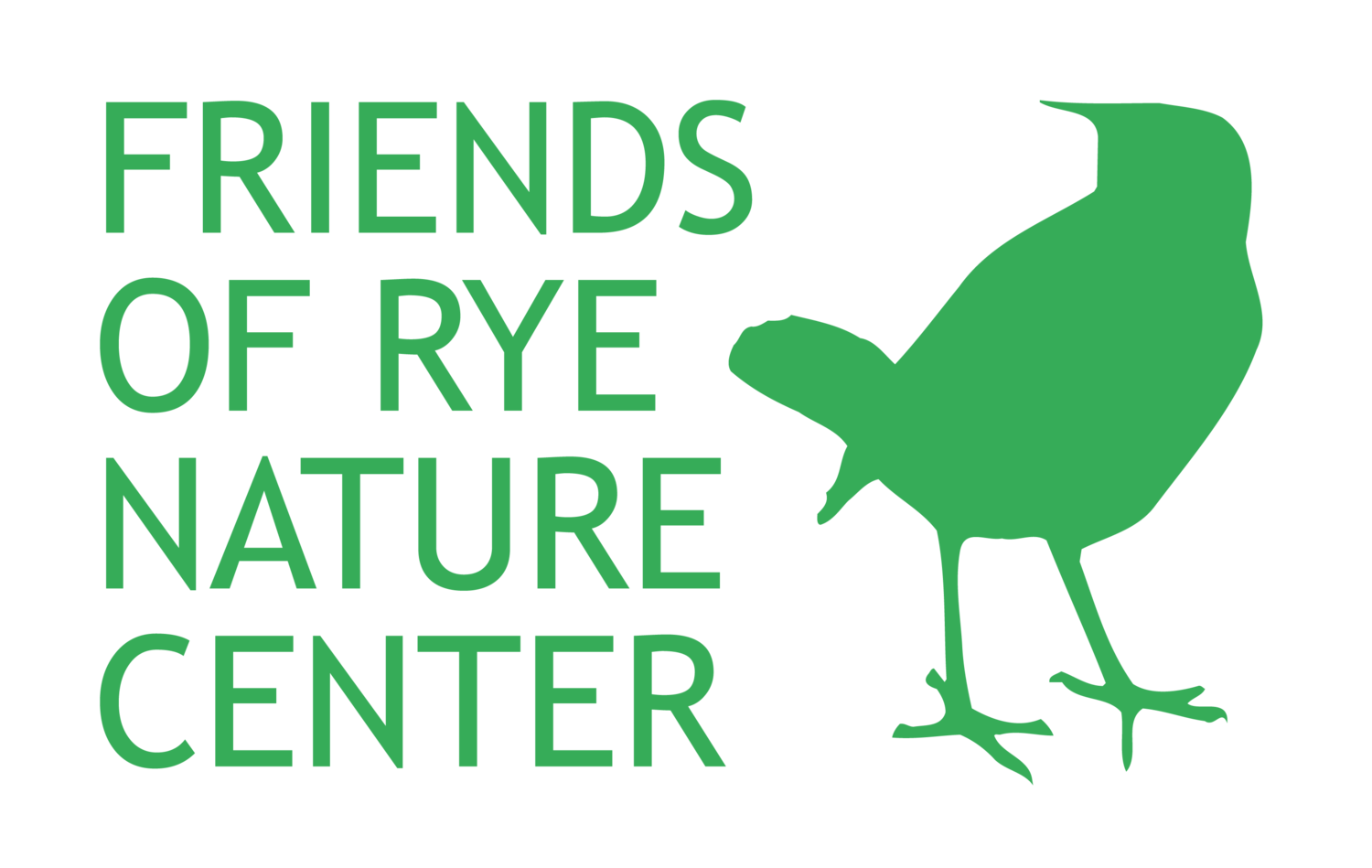The natural composition of northeastern land and forests has changed dramatically over the past few hundred years. Many of these changes were deliberate - clear-cutting for development, farming, and logging. Ornamental plants and crops that were brought to be cultivated eventually made their way from their garden beds and spread to natural lands, reshaping local ecosystems.
By cultivating natives on our properties, we provide opportunities for these plants to be reintroduced to their natural lands. All you need to do is plant the seed (literally) and let nature do the rest! Fruit or nut-bearing shrubs and trees provide food for wildlife and their seeds will be transported and dispersed by animals. This could include being buried by squirrels, ingested and discarded by birds (a necessary germination process for certain seeds), or carried on the fur of an animal. Other methods of seed dispersal can include rain and wind.
This Earth Week, learn some of the native species you can plant on your property. Check out the gallery below for five of our favorites!
Rye Healthy Yard Pledge
Take the first step to transform your yard into a natural and open space that is healthy for all! This program seeks to promote awareness about the health and environmental benefits of using natural landscaping practices in our community.
Help Create a Pollinator Pathway in Rye
A Pollinator Pathway is a pesticide-free corridor of public and private properties that provide native plant habitat and nutrition for bees, butterflies, and other pollinating insects and wildlife. This is the next step in the Rye Healthy Yards program. Take your pledge today!
MORE NATIVE PLANT RESOURCES
https://www.fs.fed.us/wildflowers/Native_Plant_Materials/Native_Gardening/index.shtml
http://chautauqua.cce.cornell.edu/gardening/lawns-ornamentals/native-plant-resources






